Hello everybody!
So much is going on the last two days - in Ukraine and in the Middle East - that I can’t even decide what way to look as first and what to comment about. Even less so can I summarise all of this in form of ‘useful’ articles - at once. Sure, I’ll try, but…
What am I talking about?
While most of public attention in the West is drawn by Ukrainians killing one of the last few operational Beriev A-50s airborne early warning aircraft of the Russian Air-Space Force (VKS), the Israelis continue genociding the Palestinians, plus are bombing the Islamic Revolutionary Guards Corps (IRGC) at and around Aleppo International Airport in north-western Syria; the IRGC has deployed ballistic missiles against the US al-Harir base and (possibly) also the US Consulate in Erbil, in northern Iraq; then the IRGC targeted the positions of the Qatari-supported HTS (ex-Jabhat an-Nusra) in the Harim mountains of Western Idlib; while the Houthis in Yemen have attacked – and this time hit – another of merchants transiting the southern Red Sea. With other words: things simply couldn’t get any better. Indeed, and to quote a certain president to the ‘east of Europe’: things are developing exactly along the plan…
Yes, yes, you’re now going to ask me for whom and along what plan….? But, come on: is this really important any more?
Let me discuss this with the downing of the A-50. At least as first…
A-50
Beriev A-50 was developed back in the 1970s, as an early warning aircraft required to support the work of Soviet air defence force – foremost against the threat of low-flying US strategic bombers and their cruise missiles. It’s equipped with the Liana surveillance radar that has a maximum (claimed) detection range of around 650km for (very big) aerial targets, and on board equipment is enabling it to simultaneously control up to 10 own interceptors. Its usual mission crew consists of 15, and on average, it can remain on station for some 6-7 hours.
A total of around 40 were constructed in the 1980s and 1990s, but as of 2022, only some 16 were still around, of which 9-11 in flyable condition. They were deployed so intensively during the first months of the Russian all-out invasion of Ukraine that since late 2022, word is that only 3 out of these 9-11 aircraft were still ‘fully mission capable’ (FMC) – which means: only 3 had all of their systems in fully operational condition.
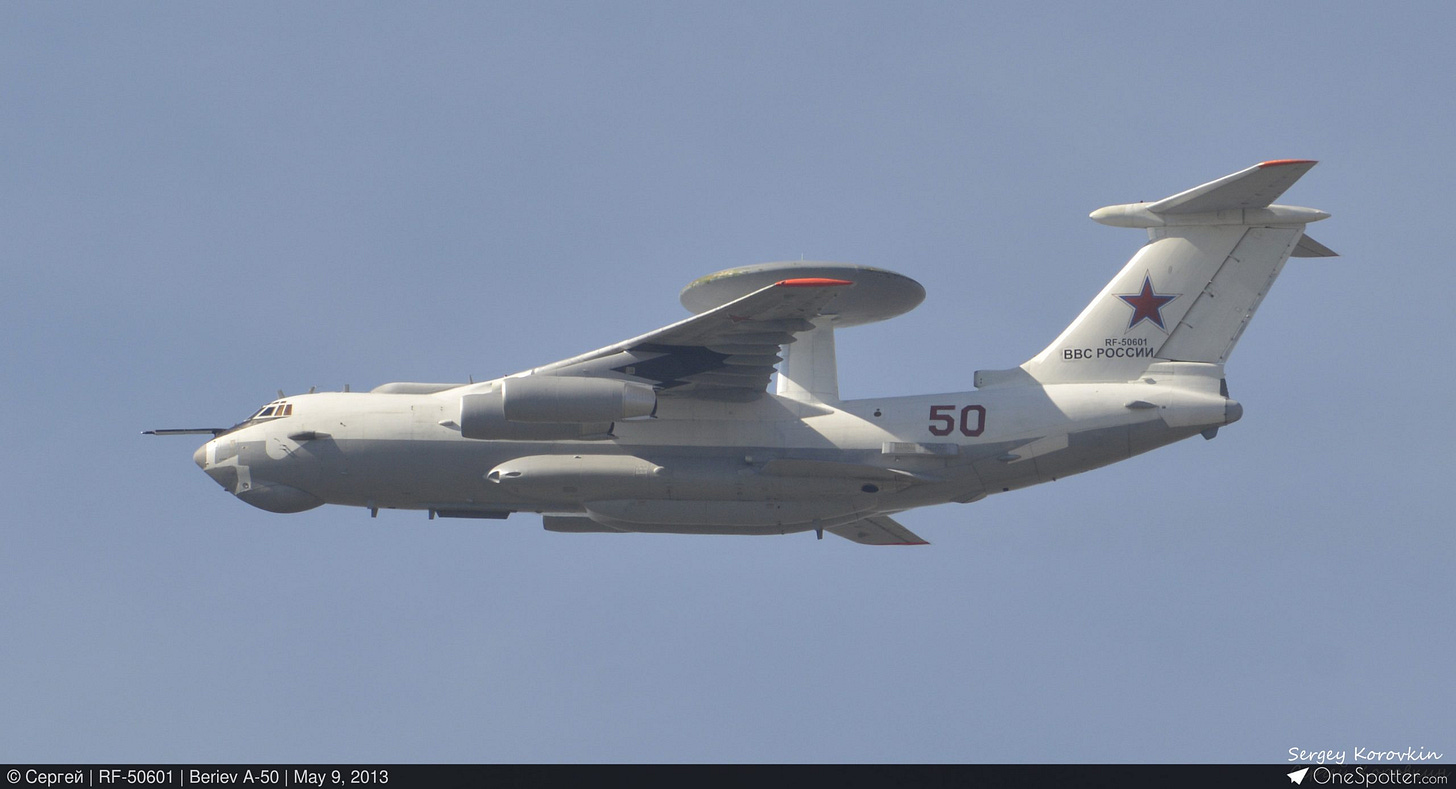
So, now: what can an A-50 do and why is it important?
Time and again in my analysis of the war in Ukraine, I’ve used the Cambridge Pixel software to show you how limited is the coverage by ground-based radars. For example: the map below is showing the coverage by a ground-based radar deployed in the Yevpatoriya area of the Russian-occupied Crimean peninsula (one of two centres of the Russian air defences of the peninsula). As can be seen, because of the local terrain, and even if positioned atop a 50-metres-tall mast, this radar can’t detect objects approaching from the north at altitudes below 20 metres (green area), 100 metres (yellow area), and has a very limited detection capability even against objects approaching from the north at an altitude up to 500 metres (orange): it’s going to detect only objects approaching from the north and operating at altitudes above 500 metres in time to enable air defences to react.
BUT, if one puts that radar atop of an aircraft underway at an altitude of 8000 metres…
Hey! It can detect ‘everything’ out to a range of, say, 300 kilometres. It’s only going to encounter some problems with low-flying objects while these are still underway at levels below 100 metres above the mainland to the north.
What is AEW?
This fact – the ‘undisturbed widening of the radar horizon’ – is why it’s already since the 1940s, that first the British, then Americans, and then (much later on) few others began developing airborne early warning aircraft (AEW). Essentially: they’ve packed radar stations into aircraft.
To a certain degree, and thanks to the information technologies, nowadays this is ‘no big deal’. There is something like a dozen different airborne early warning aircraft in service with at least 20 different air forces around the world. However, one should keep in mind that ‘back then’ – in the 1940s, 1950s, 1960s, 1970s, and even in the 1980s – radars were still ‘big and complex machinery’. The electronics supporting them – early computers – were similar in size. Thus, it was very hard to pack all of this into an aircraft.
The next problem was that of ‘ground clutter’: a radar ‘looking from above towards the ground’ is receiving lots of echoes from the ground, even from the sea surface (especially if the weather is windy or there is rain). This is called the ‘ground clutter’: until the invention of micro-technologies, and especially until the related processors and software were developed to the necessary degree – in the 1980s - AEW aircraft were severely suffering from the ground clutter.
The third problem was that of transmitting – or ‘downloading’ – the resulting radar picture to the command nodes (‘headquarters’) on the ground: an AEW aircraft could carry its own crew to analyse its radar picture and act correspondingly, but ‘generals’ preferred seeing what’s going on and making their own decisions. This issue was of such importance that the solutions for it eventually led to the development of what we nowadays know as the ‘internet’, and thus the social media: i.e. the development of a network of emitters and receivers – some on the aircraft, others on ground stations – that can exchange of huge volumes of data in real time.
What’s the Difference between AEW and AWACS or (in Russian) SRDLO?
Just installing a radar antenna atop of an aircraft is not going to work: the radar still needs a source of power (mind: the bigger the antenna and the higher the power output = better radar range). Moreover, before the 2000s, older radar systems depended on antennas that were rotating around their axis in order to scan 360° around them. Therefore, they required a power supply and mechanics necessary to rotate that antenna, too. This, for example, was the case with A-50s.
As next, an AEW aircraft requires working stations for the crew just serving the radar (people ‘just’ making sure the radar is actually working), in addition to ‘air traffic controllers’ (people actually making use of the intelligence collected by the radar), plus powerful radio stations and emitters – and power supply for all of these. That was the essence of AEW aircraft.
Meanwhile, in the 1970s, the USA went a step further and (with lots of financing from the Shah of Iran): Boeing not only installed a very powerful radar, very powerful processors and excellent software, working stations for radar-operators, radio stations, and communications equipment into its E-3 Sentry aircraft, but also working stations for flight controllers, electronic warfare systems, even stations for linguists capable of monitoring enemy radio communications in real time – plus a ‘room’ enabling the crew to take rest during their long missions (often stretching well beyond eight hours). Thus came into being the term ‘Airborne Early Warning and Control Aircraft’ (AWACS). Generally, and until this very day, AWACS aircraft are much bigger, more complex, and much more expensive than AEW aircraft.
Soviet Union of the 1980s was lagging behind the West in regards of micro-technologies and thus the capabilities and performances of the A-50 were, at most, comparable to the Grumman E-2C Hawkeye from the early 1970s.
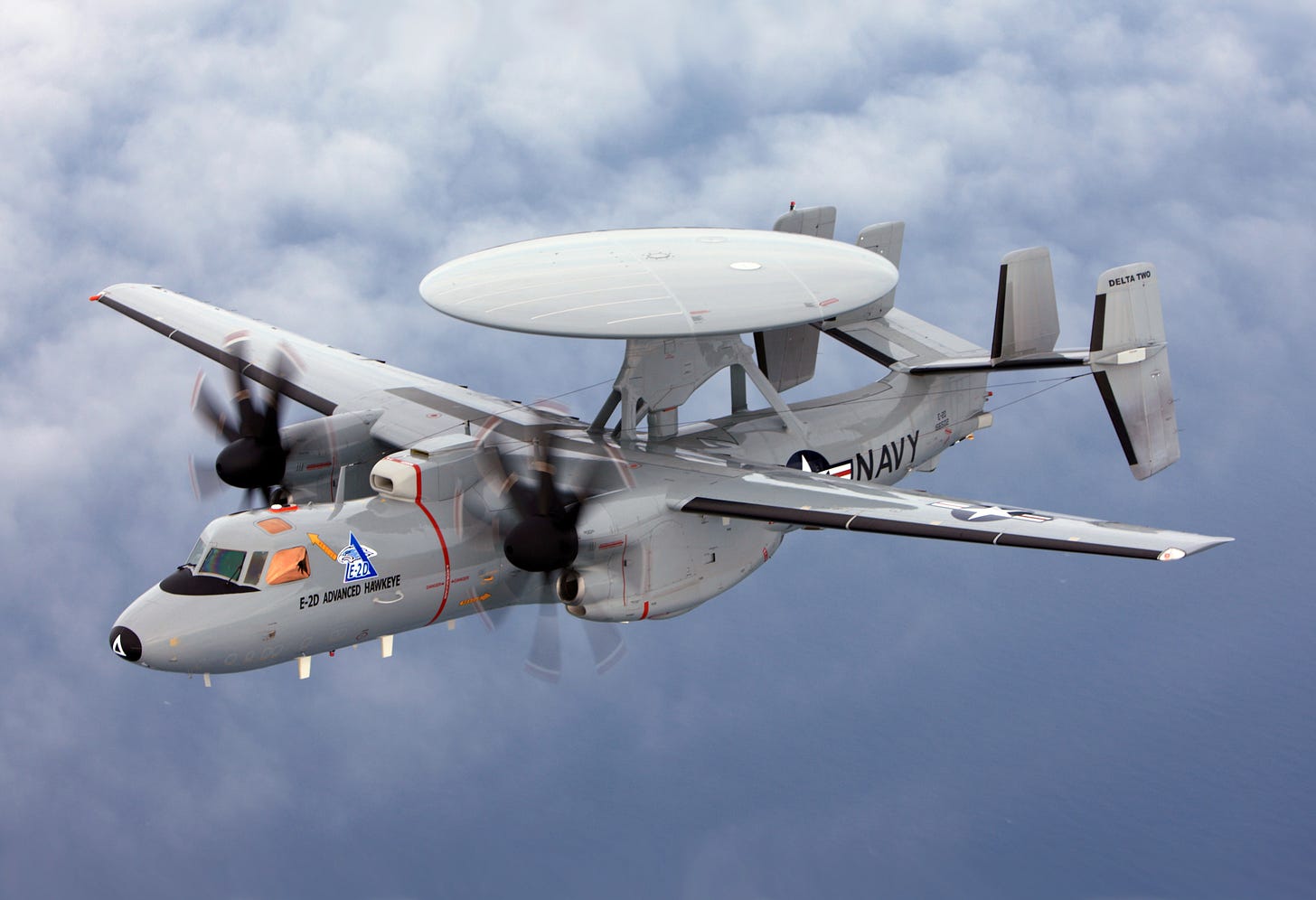
The A-50 has got a relatively powerful radar, but this was still suffering from ground clutter because processors and software used to support that radar were not good enough to completely clear it. Its communication equipment was lagging, it lacked most of electronic warfare equipment etc. It was only in the 1990s and 2000s that the Russians, slowly, introduced some improvements. Eventually, this led to a major upgrade – in form of the A-50U – which saw the installation of new processors. That way the aircraft became effective over the ground, not just over the sea.
However, A-50’s communications- and electronic warfare facilities were still insufficient: limiting enough that for most of the time it acted as a mere ‘air traffic control’, and always had to be accompanied by Ilyushin Il-20M electronic warfare aircraft and Il-22M airborne command posts. That’s why the Russians meanwhile initiated the development of a ‘true’ AWACS/SRDLO in form of the A-100 variant. Foremost, and even then, the System Putin is so highly efficient, that in 20 years of its rule it managed to roll out precisely 8 or 9 A-50Us and 1 A-100.
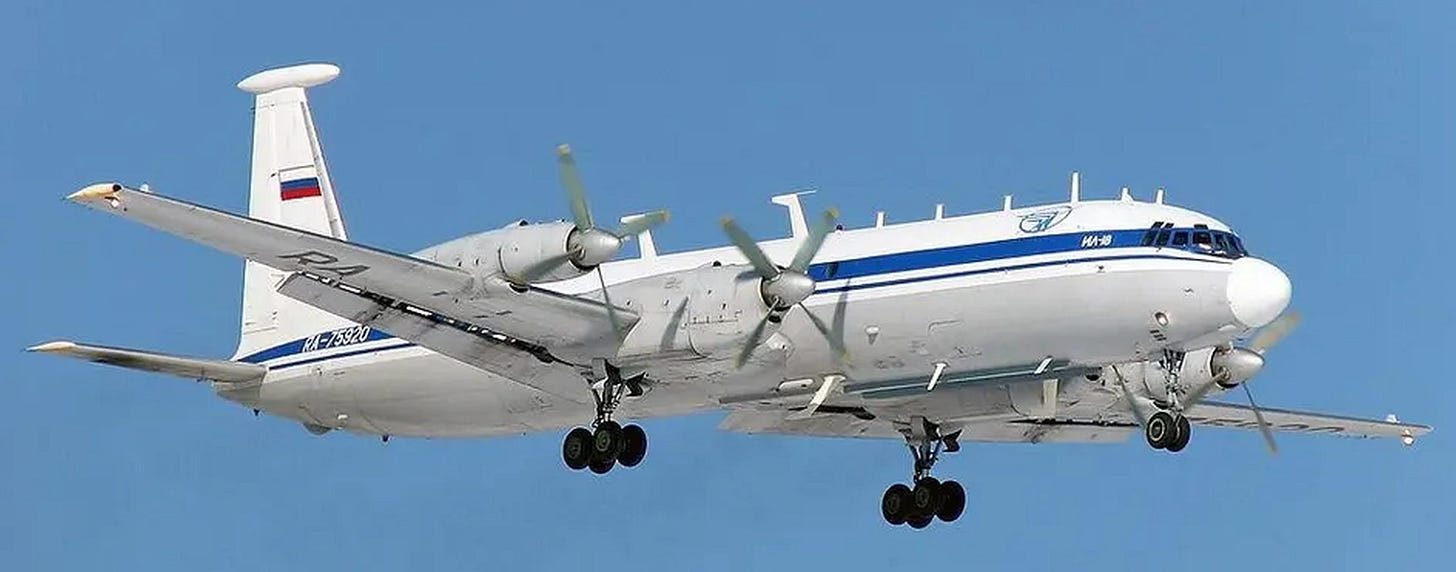

…and then the A-50s (and accompanying Il-20s and Il-22s) were so intensively deployed, early during the all-out invasion on Ukraine, that one after the other failed: their mission equipment required repairs (and crews needed rest and re-training)…
….and their repairs were heavily dependent on the acquisition of IT-technologies of the kind not manufactured in Russia: means, they could not be repaired….
…and then one of A-50Us was damaged by Ukrainian UAVs while forward deployed in Belarus (and one Il-22M shot down by Wagner’s mercenaries, during their ‘uprising’ in June the last year)….
Eventually, and as mentioned above, only three A-50s remained fully mission capable as of early this year.
So, what happened on 14 January 2024 over the Azov Sea?
Based on what can be heard in the social media, the developments went something like this:
1.) On 13 January 2024, Ukrainian Air Force (PSU) flew a series of air strikes against Russian ground-based radars and air defence systems on the occupied Crimean peninsula.
2.) A number of radars were knocked out.
3.) As a result, the Russians ordered one of their few A-50Us into the air. And, to complement the aircraft with insufficient equipment for the task, and as usually, this was accompanied by an Il-22M airborne command post, probably by an Il-20M electronic warfare aircraft, too.
4.) Problem: the radar range of the A-50U was too short but to detect incoming Ukrainian aircraft and missiles from sufficient distance. Thus, the aircraft had to operate very close to the frontline: as little as 80-90 kilometres from it.
5.) On its own, ‘no problem’ – at least as long as no Ukrainian surface-to-air systems (SAM-systems) with a longer range were _not_ around.
6.) On 13 January 2024, not only have Ukrainian air strikes caused Russian super-smart generals to order the A-50U and the Il-22M closer to the frontline, but: simultaneously, the VKS also flew its own air strikes. As usually, the two aircraft were escorted – probably by at least a pair of Su-30SM interceptors. Moreover, Su-34s were releasing Kh-59 stand-off precision guided munitions at targets in Ukraine.
7.) The Russian activity attracted quite a lots of Western attention, too: certainly enough, this helped Ukrainian planning for following operations.
8.) What is known as next is that the crew of one of Su-34s then reported that its own electronic warfare systems have recorded a radar emission by one of Ukrainian S-300 (ASCC/NATO-reporting name ‘SA-10 Grumble’) – which, previously, was not known as being there.
9.) Minutes later, the A-50 and the Il-22 were targeted by surface-to-air missiles.
10.) The A-50 (bort 50, serial RF-50601) was hit, set on fire and crashed in the marshes south of Preslav, probably with the loss of its entire crew.
11.) The missile aiming for the Il-20M proximity fused near its target, peppering it with shrapnel: according to reports in the Russian social media, at least two crewmembers were killed, two others wounded (one of them is still in critical condition). But, the crew managed to fly the badly damaged aircraft back to the Anapa airport and landed it safely.
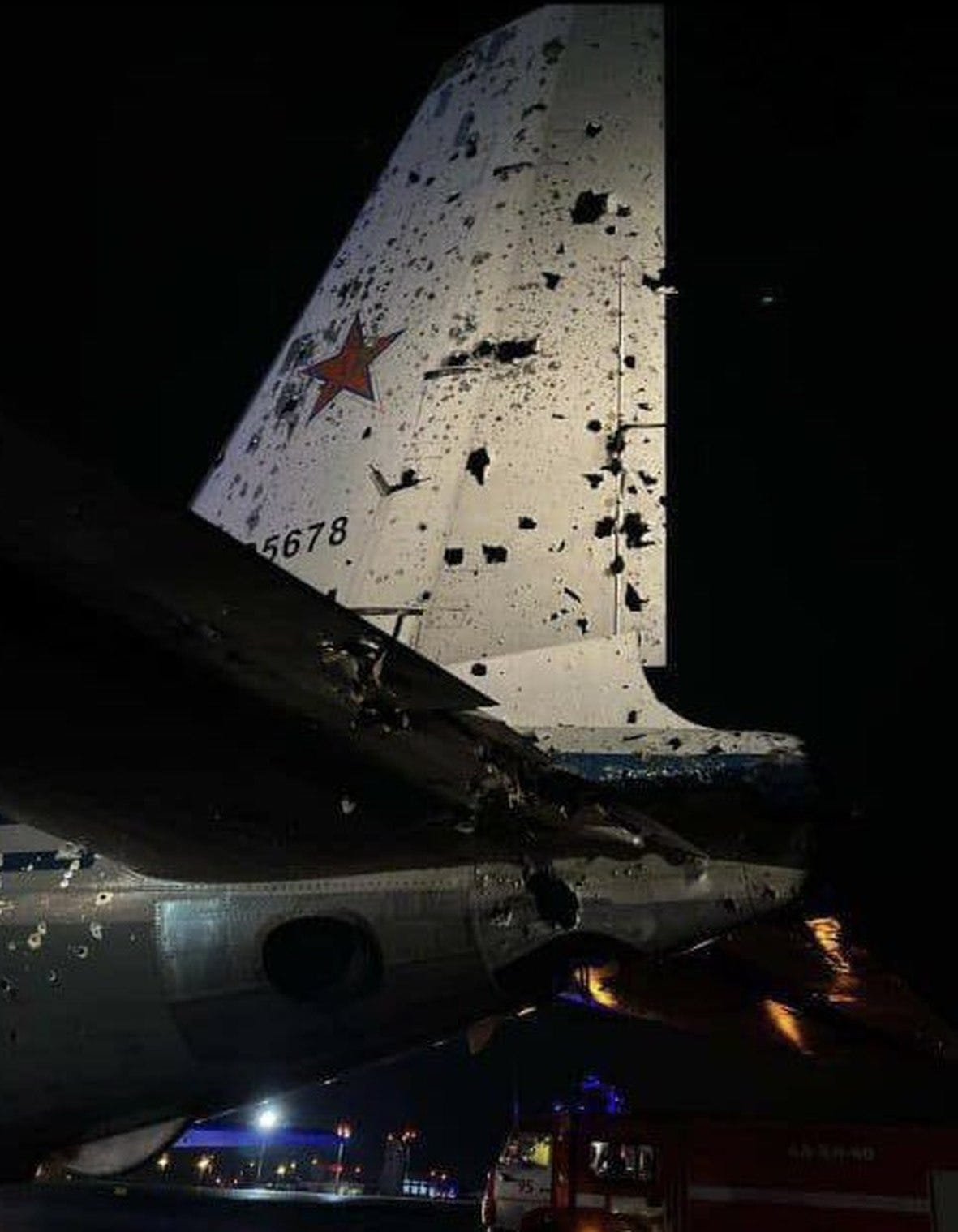
How could this happen, and what can be said about the methods Ukrainians have deployed to achieve this spectacular success?
While it’s obvious that this was an ‘ambush’ - by one or two of SAM-systems of the PSU operated in the ‘Assault Mode’ - some are guessing that Ukrainians have deployed one of their ‘Franken-SAMs’: kind of ‘mated Patriot missiles to their S-300 systems’. Sure, that’s is possible, but I do not think this was a result of such a complex affair: things working this well are usually based on much simpler solutions.
1.) Ukrainian air strikes on the Russian air defence systems on the occupied Crimean peninsula on 13 January, have forced the Russians to react the way Ukrainians could predict them to react: a day later, on 14 January, they have ‘pushed’ their A-50U closer to the frontline.
When one is behaving in predictable fashion, one is easy to ambush - and to kill.
2.) Now ‘all Ukrainians had to do was to secretly deploy’ a suitable SAM-system to target the two aircraft from long range. Perhaps this was one of PSU’s S-300 SAM-systems. Perhaps one of PSU’s PAC-2/3 SAM-systems: so far, this is unclear.
It is also possible that Ukrainians have deployed a launcher and a radar (plus power-supply equipment) from one of their three PAC-2/3 SAM-systems in ‘Assault Mode’ (which I’ve described in detail, about a year ago), and in combination with one of their S-300 radars….
3.) As soon as the S-300-radar detected suitable targets, it provided their azimuth and range to the PAC-2/3 SAM-system. The latter powered up its radar for only a few seconds: long enough to obtain its own targeting data, but too short for the Russians to dependably detect its emissions and assess them as a threat. And then Ukrainians started firing their missiles. How many? No clue. But, I do agree that it’s perfectly possible that some of these were working in the ‘home-on-jam’ mode: essentially, they were homing into electronic warfare emissions from the Russian aircraft.
4.) With their fire-action over, the Ukrainian S-300- and PAC-2/3-crews have promptly ceased emitting, and started packing their systems, to move them away and thus avoid any possible Russian retaliation.
5.) Meanwhile, after travelling some 90-120 kilometres away from launching points, their missiles killed that A-50U and damaged the Il-22M.
Of course, I have no ‘hard’ evidence this has happened exactly that way, but: it is the way I would have done it if having the equipment known to be operated by the PSU.





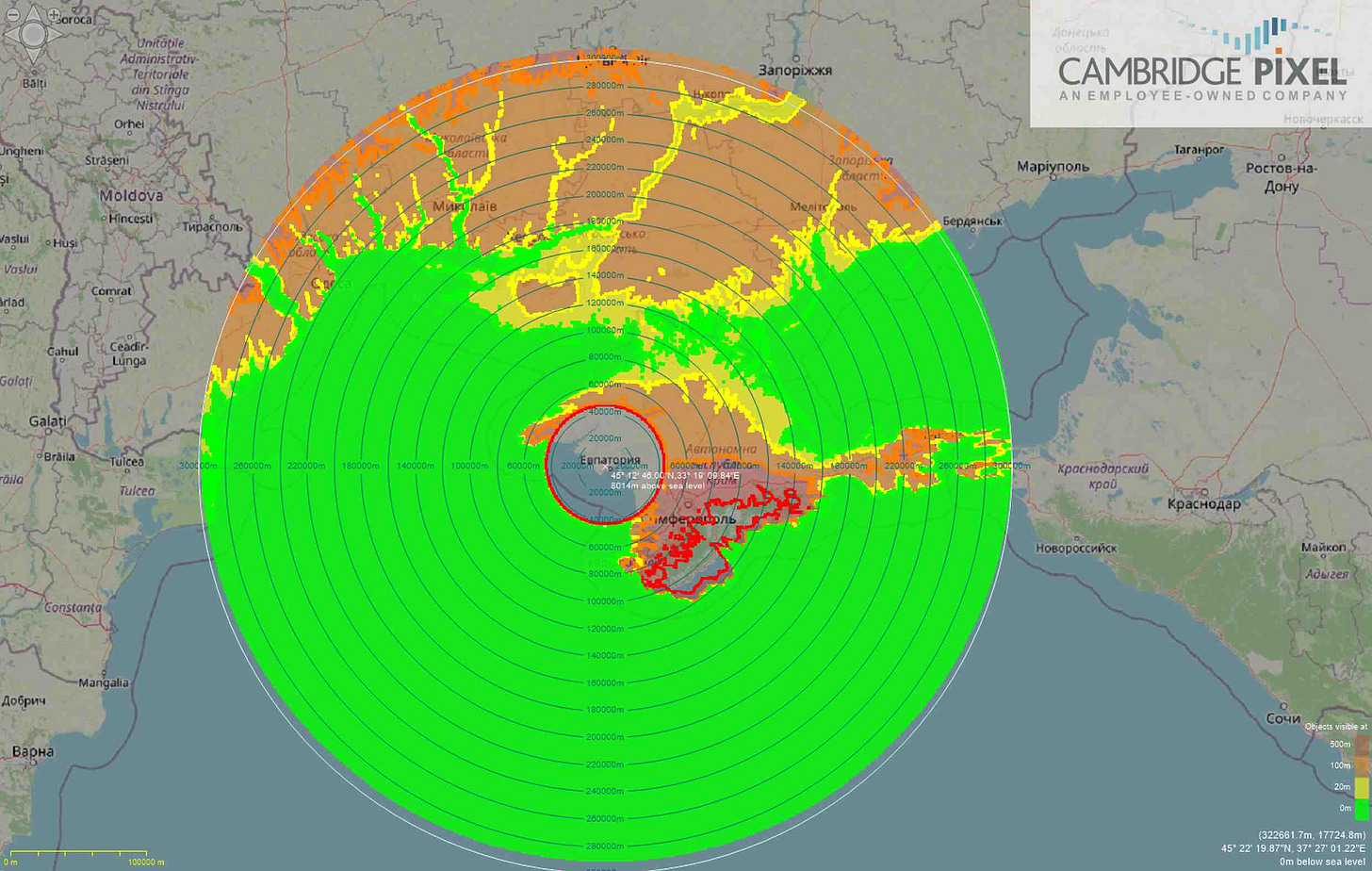

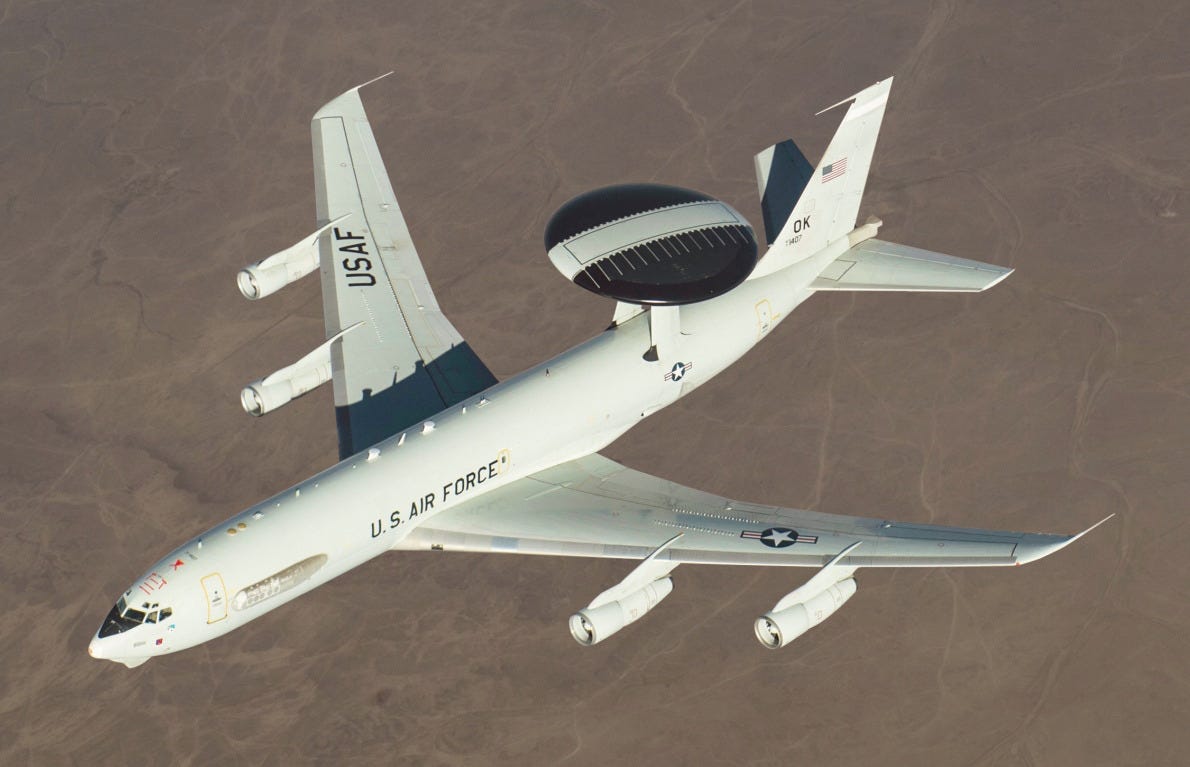
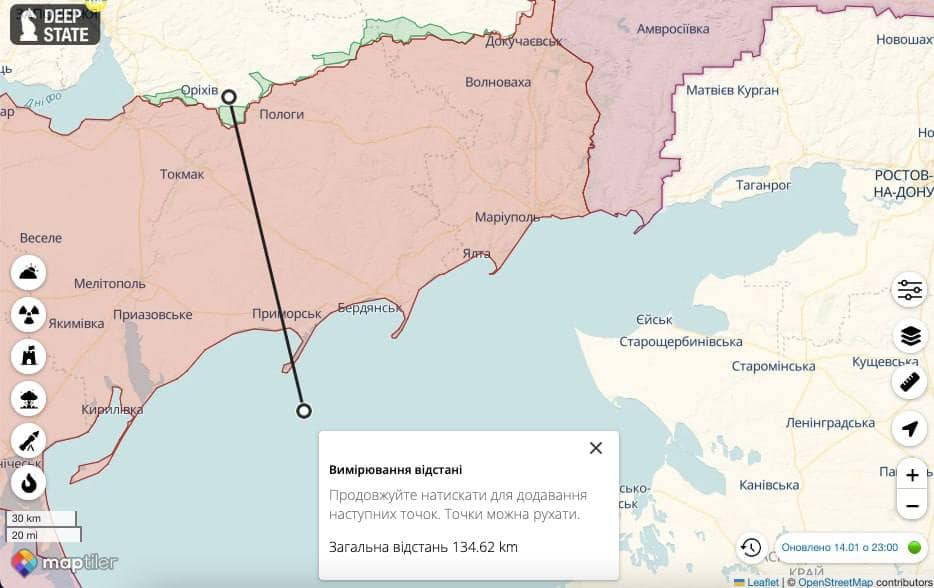
If someone wants more Tom, Youtube has a fresh video with them.
https://youtu.be/NJw7AtXp1eE?si=ZH4b1Tx9SHUuUqa1
Thanks Tom, we really appreciate how you explain the events . . . .kind regards